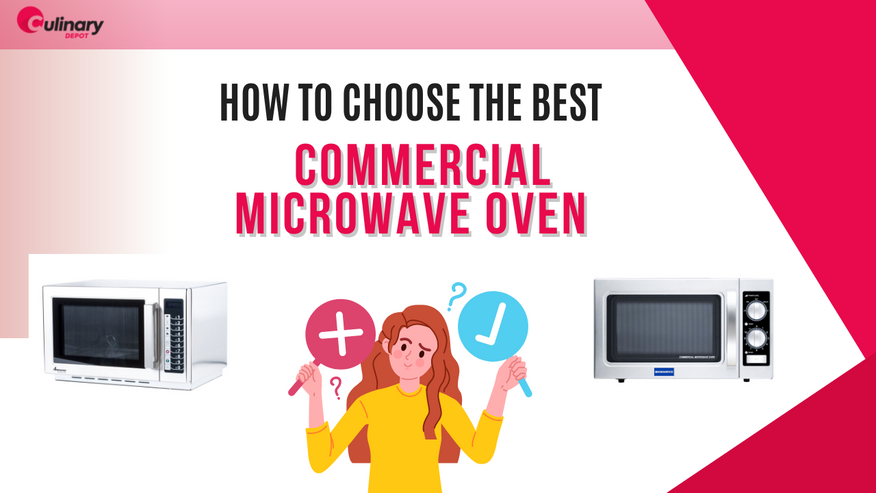Nov 16th 2022 - Monica Cunanan
How to Choose the Best Commercial Microwave: A Complete Guide
Microwave ovens are essential for nearly every restaurant because they allow restaurants to cook food faster than traditional cooking methods. Been wanting to purchase a commercial microwave for your restaurant? This article gives you everything you need to know you can decide which one is right for you!
Things To Consider When Purchasing Commercial Microwaves:
When buying a commercial microwave, consider important factors to get the best out of it. Make sure to consider:
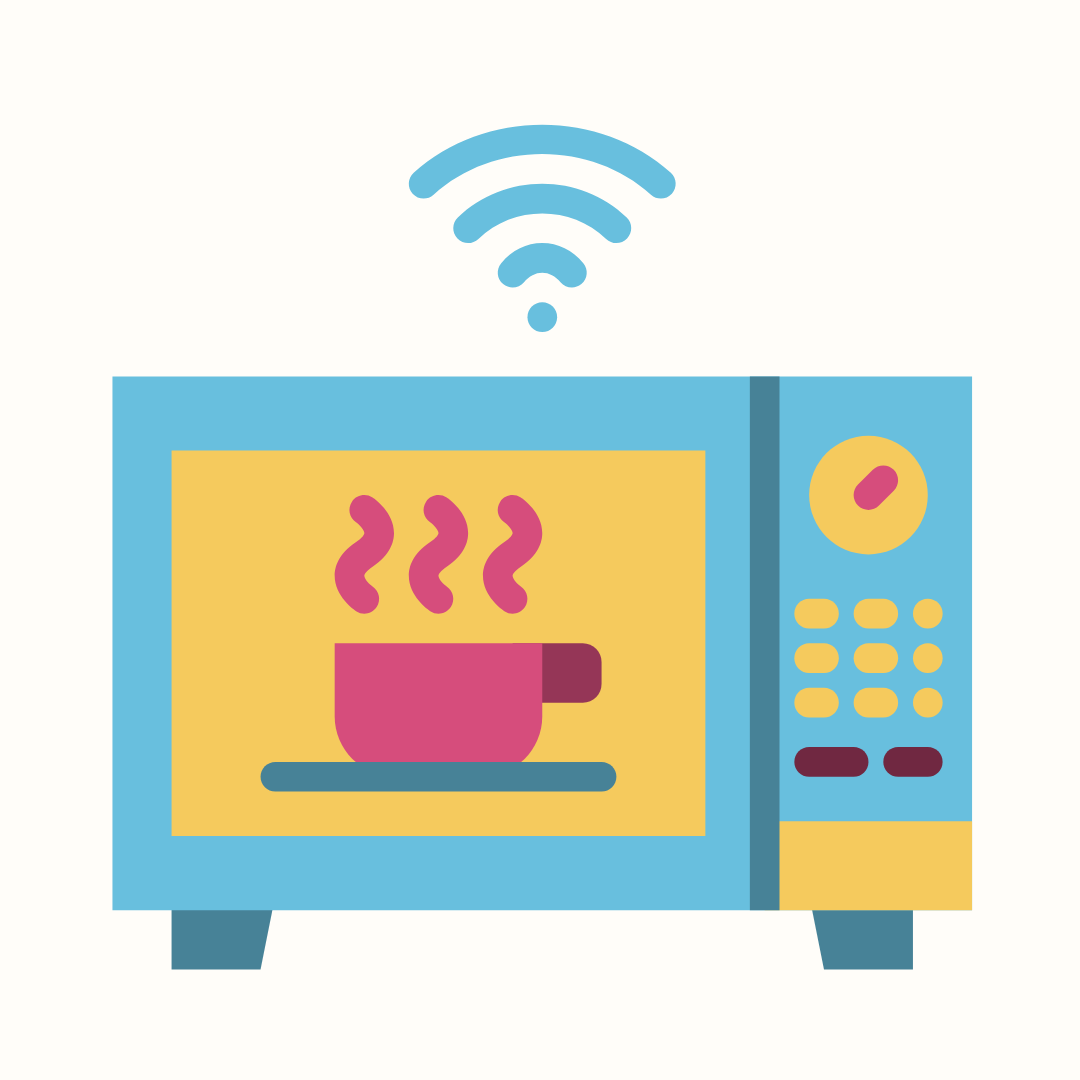
- Microwave Oven Wattage: Ensure that your microwave is strong enough to cook your dish
- Type of Microwave: Find out if you need a light-duty, medium-duty, or heavy-duty model.
- Cooking Time: Make sure that the cooking time is appropriate for a microwave oven.
- Size: Consider a unit that can fit your kitchen
- Additional Features: Consider additional features you may need
Microwave Oven Wattage & Cooking Times

Why consider wattage and cooking times? For commercial microwaves, these important factors directly affect each other. Wattage affects cooking time. Higher wattages mean shorter cooking times. If you're cooking something in a 1000-watt microwave, then you may be able to save time by using a more powerful one.
Types of Microwaves
Microwave ovens are classified into three categories according to their usage levels. Knowing how often your kitchen uses a microwavable dish in a single 24-hour period will help determine which type of dish is best for your needs (and budget).
Light-Duty Microwaves
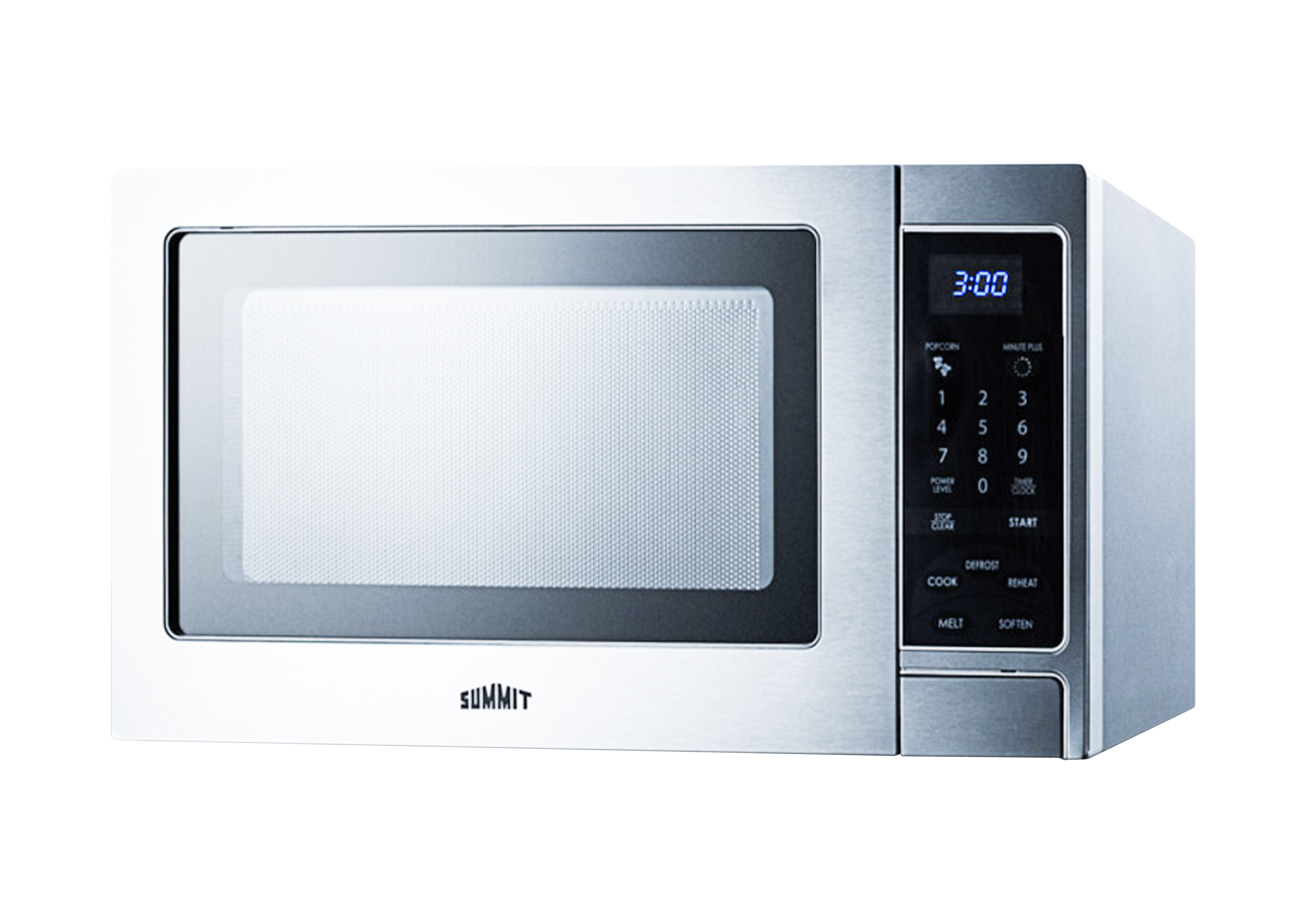
Some businesses may be better off using a light-duty commercial model because they're more durable and high-quality than others.
- Watts: 1000 watts
- Usage: less than 50 times
- Types of Businesses: Wait for stations, Break rooms, Breakfast bars, Concession stand
Model Featured: Summit SCM853 0.9 Cu. Ft. Stainless Steel Light Duty Microwave Oven - 115 Volts
Medium-Duty Microwaves
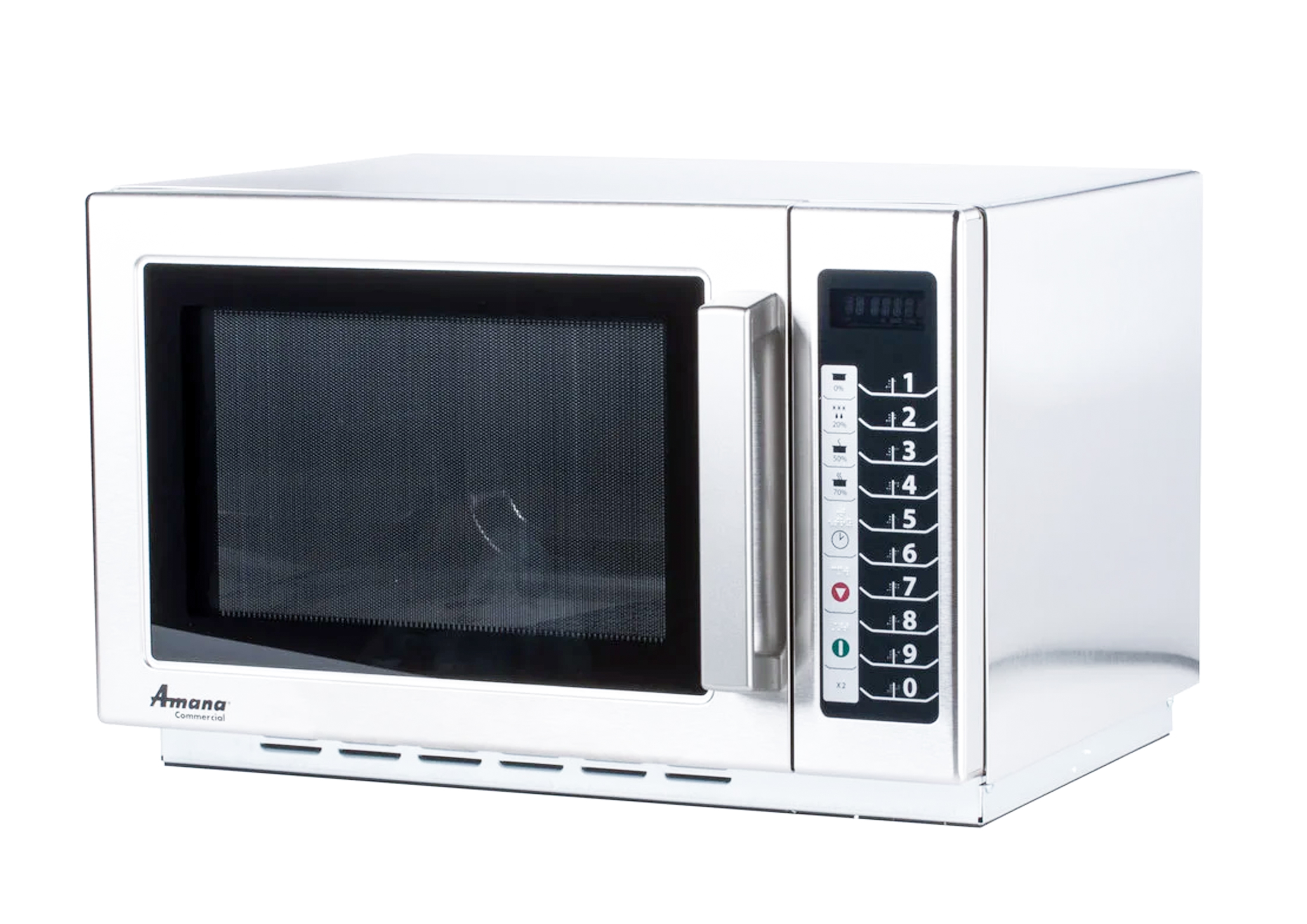
They're well suited for any place that was previously operating a light-duty vehicle but has seen an increase in demand.
- Watts: 1200 - 2000 watts
- Usage: up to 150 times per day.
- Types of Businesses: Convenience stores, Coffee shops/cafes, Bakeries, and Kitchen/back-of-the-house
Model Featured: Amana RCS10TS Stainless Steel Commercial Microwave Oven - 120 Volts
Read More: How to Troubleshoot Amana Microwave
Heavy-Duty Microwaves
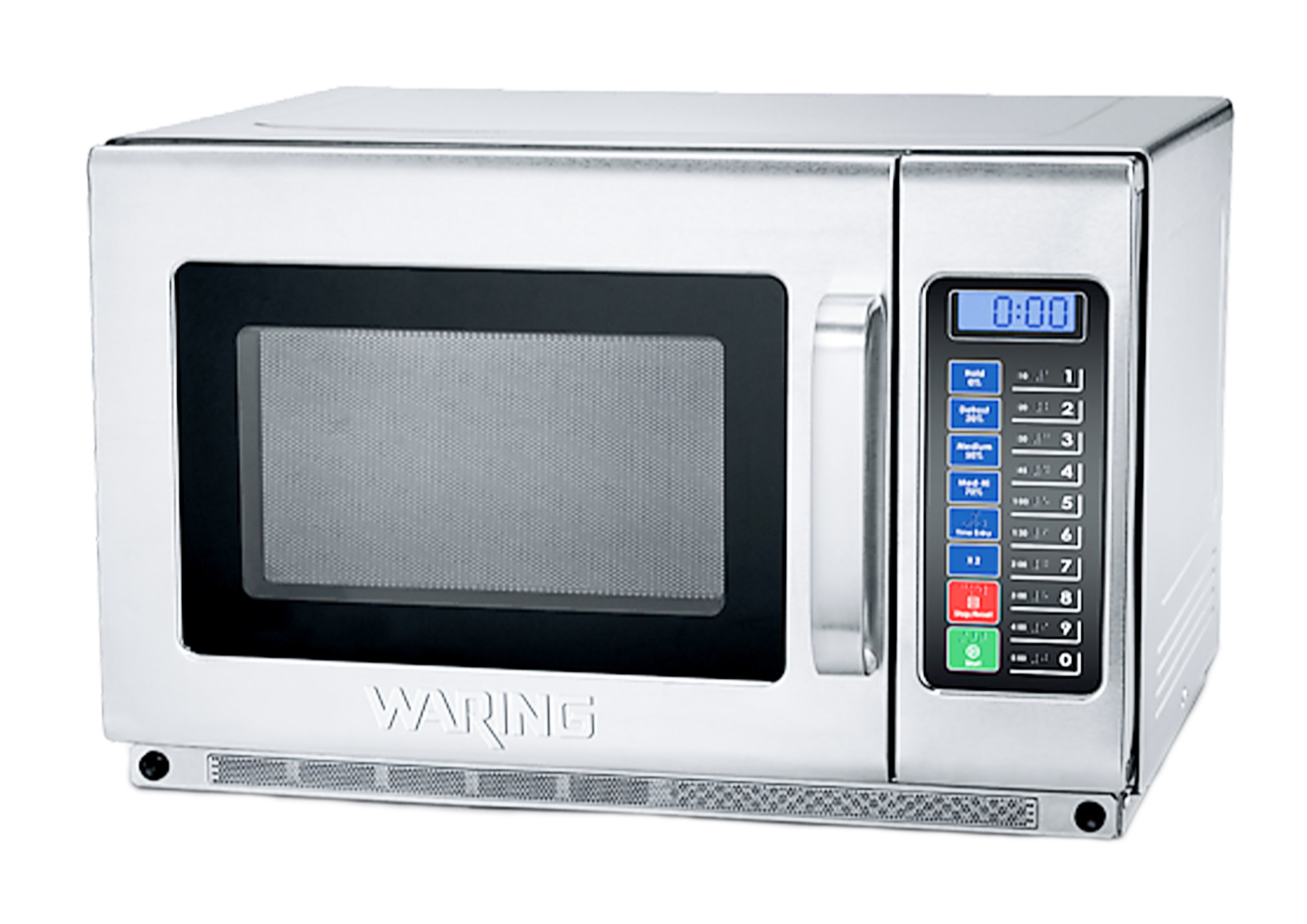
These commercial microwave ovens are quick, durable, built to withstand the demands of busy restaurants, and easy to use. They can be used 200 times or more each day.
- Watts: 2000-3000+ watts
- Usage: up to 200 times per day.
- Types of Businesses: Kitchens/back-of-the-house, Quick-serve restaurants, Cafeterias, Catering companies
Model Featured: Waring WMO120 1.2 Cubic Feet Heavy Duty Stainless Steel Microwave Oven - 208/230 Volts
Microwave Size
Another important factor to take into account when buying a microwave is its physical dimensions. The interior cavity needs to be able to accommodate your dishes and food items. As microwave wattages increase sizes usually increase as well. However, you can always find oven models with cavity sizes of 0.6 and 1½ cubic feet even if they're used for light-duty cooking.
Microwaves can vary greatly in size, ranging from as small as 13 inches wide to large ones that are wider than two feet long. A good tip to keep in mind when buying a new microwave oven is that it should be able to fit into an existing kitchen cabinet without having to remove any walls or doors.
Advantages and Disadvantages of Using Microwave
Advantages of Commercial Microwave
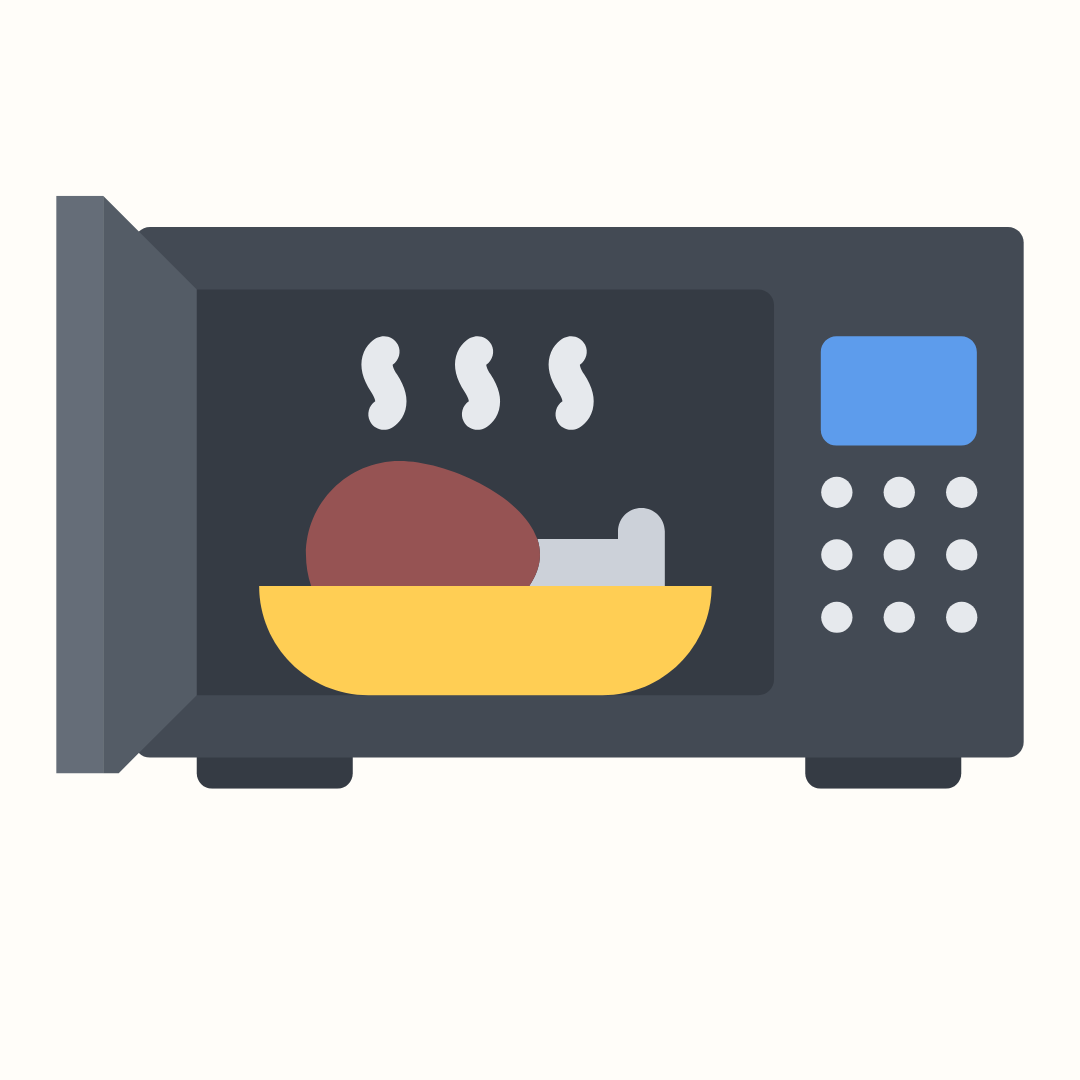
- Offers quick, efficient, and versatile ways to cook in a small amount of space.
- Most commercial microwaves and some hybrid models, like rapid cooker ovens, don't need a ventilation hood system, so they're quite versatile.
- They're useful for large operations because they're good at heating up and cooking a wide range of foods.
- For quickly defrosting foods, which is helpful if you don't want to spend hours waiting for things to defrost in the refrigerator or under running water.
The Downside of a Commercial Microwave
- Can be dangerous if they cook foods quickly without proper care. Timings and ventilation are important.
- Cold spots may emerge due to uneven cooking. To avoid this, stirring food regularly helps them cook evenly.
- Rapid heating can also change the taste and texture of a product when compared to cooking in an ordinary kitchen.
- Microwaving for long periods of time can be energy inefficient when comparing it to conventional ovens.
Tips and Best Uses
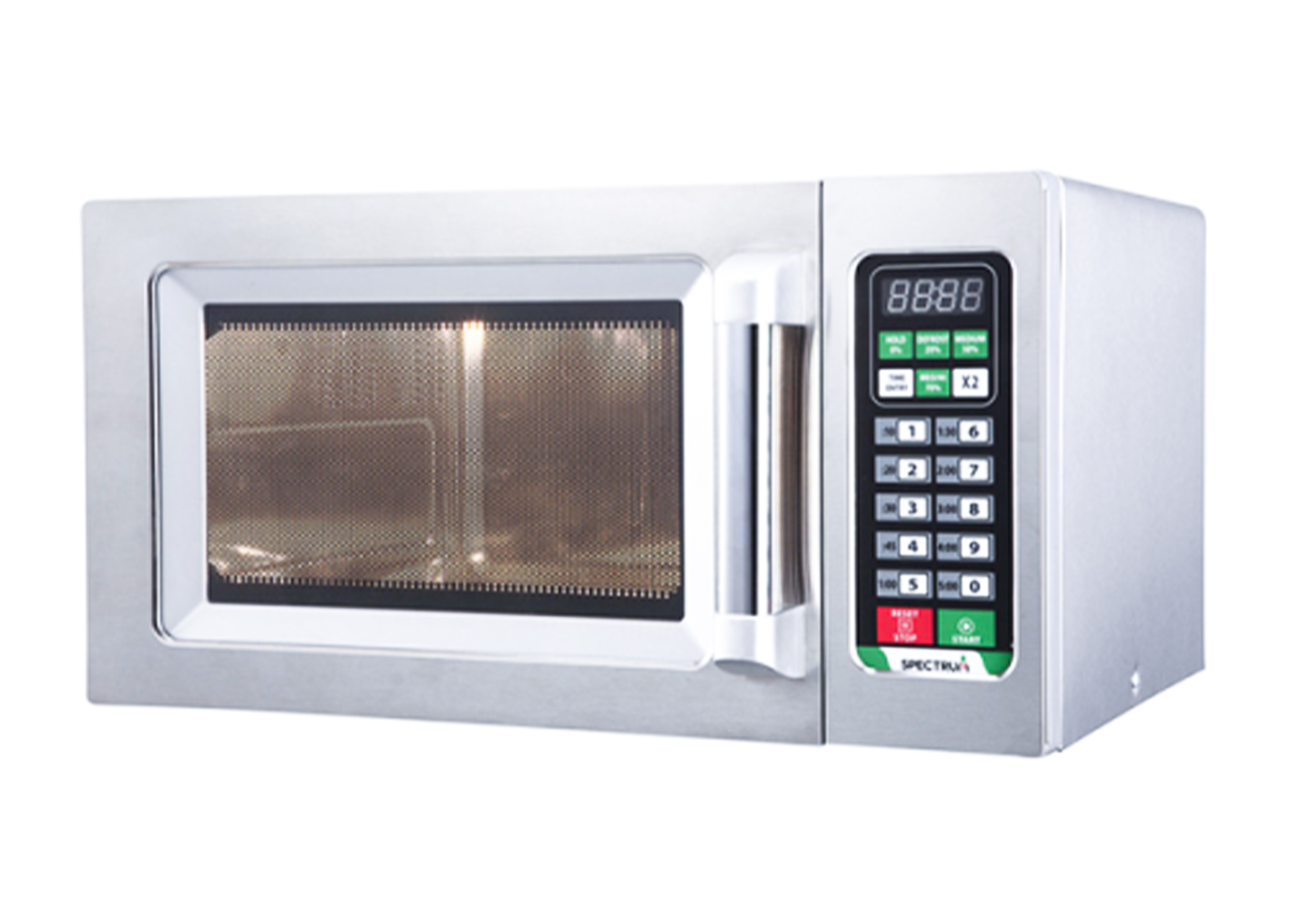
- Spread food evenly across the dish or platter it is being microwaved on to distribute heat more evenly throughout the dish.
- To microwave foods with skins, use a fork to puncture them first to allow steam to escape and prevents the item from exploding.
- Stirring and rotating foods from time to time. It keeps all foods at a safe temperature so they don't get too hot or too cold. If you're cooking larger items, flip them halfway throughout.
- If you are heating loose food, make sure to use a cover because this prevents steam from escaping while limiting splashing and making the inside of the unit cleaner.
- Use microwave-safe dishes and bowls. Some plastics cannot be heated in a microwave oven, and some will melt if they are.
- Listen for any unusual sounds coming from the oven and if you notice any unusual noises, call the manufacturer or your preferred service provider for an inspection.
- If you're using a regular microwave oven, never use metal pots, utensils, or tinfoil. Most are not, but using metals may cause fires.
Model Featured: Winco EMW-1000ST Spectrum Stainless Steel Commercial Microwave - 120 Volts
Tips on How to Clean a Microwave
Interior Cleaning

- Microwave a small amount of water in a bowl alone. This will produce steam that will help loosen any burned particles or stubborn grime from the bottom of the microwave.
- Use a soft cloth or sponge soaked in warm, soapy water to loosen particles.
- Clean the interior surfaces using a sanitizing solution that is safe for food contact surfaces.
Exterior Cleaning
- Inspect the venting system for any buildup of dust or debris, which could cause the oven to overheat.
- Take a clean, dry cloth and wipe away as many particles as possible.
- Create a solution using white vinegar and water. Soak the sponge in the solution, then wipe down the areas of the oven where there may be grease or other grime on them.
- Finally, use a clean towel to wipe away any remaining vinegar from the first cloth.
Getting a Commercial Microwave Oven?
Find the best commercial microwave for your restaurant, cafe, or catering business here in Culinary Depot! Get in touch to find out the best model for you!

